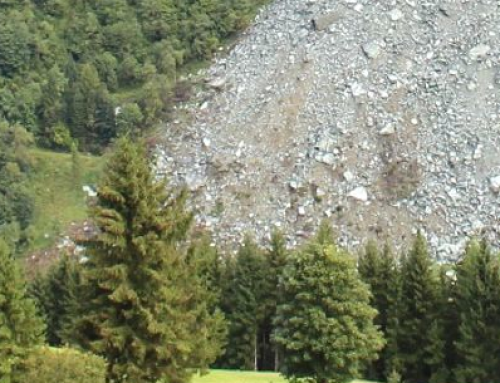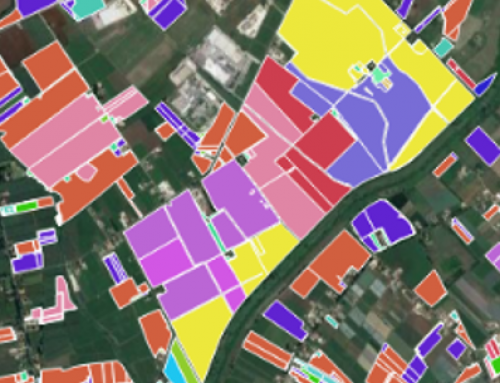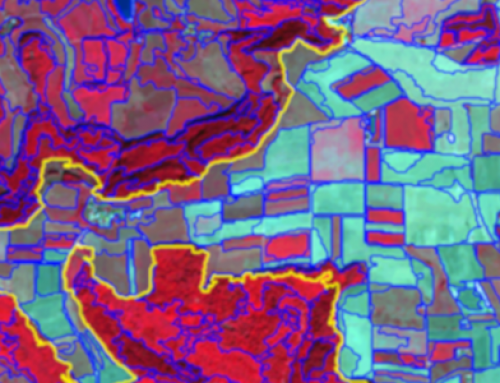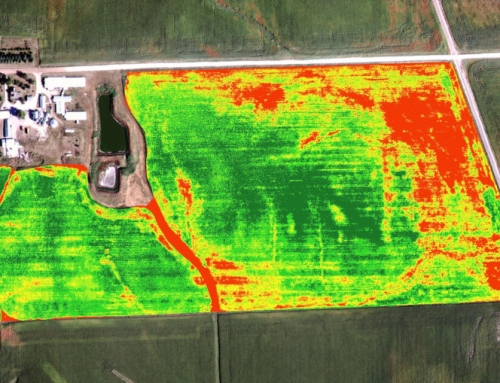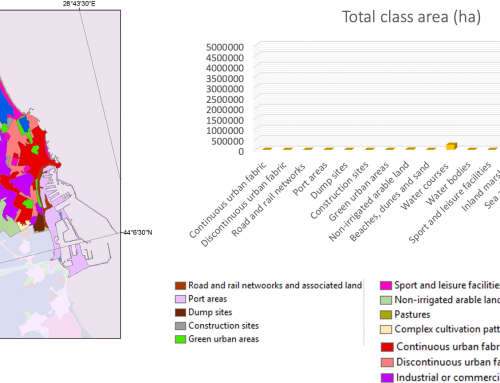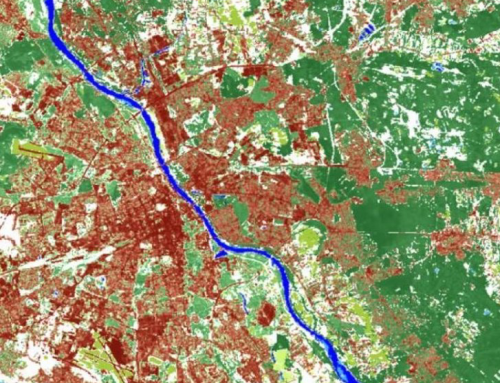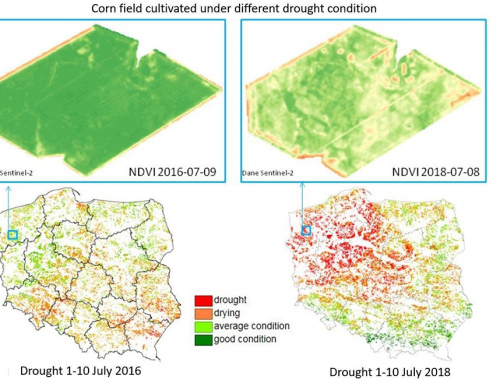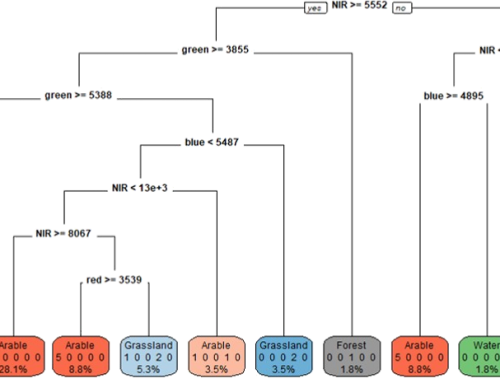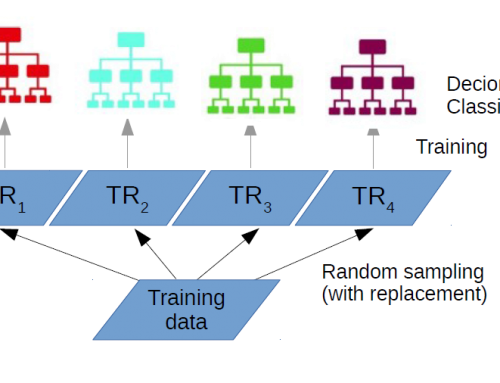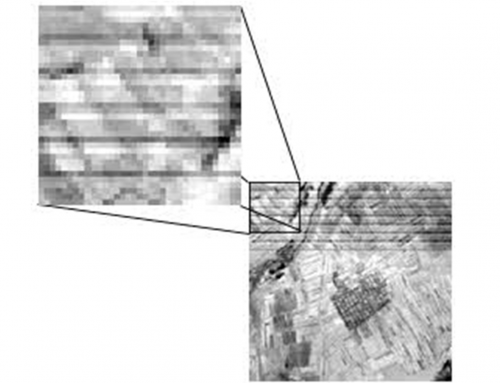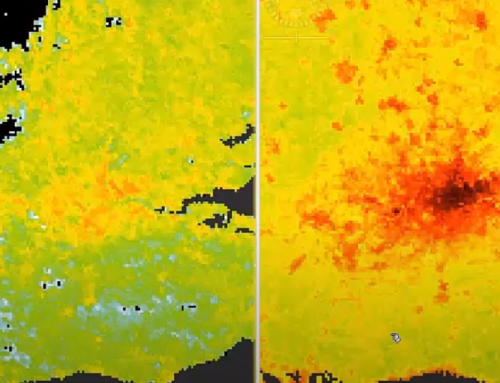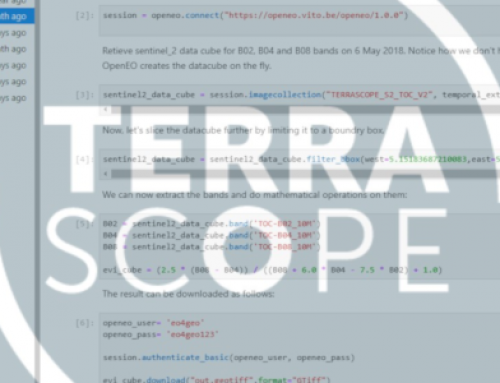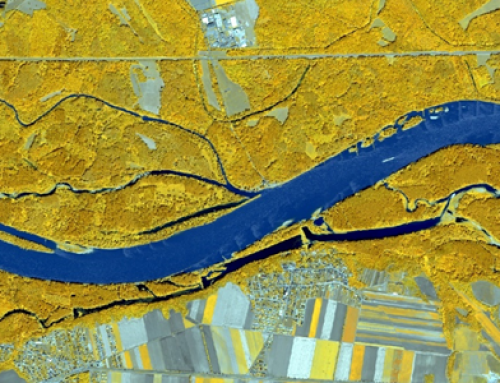Product Description
This course contains the basic elements of Earth observation from space, dealing with the basic physical principles, technologies and methodologies used.
The main objective of the course is to provide students with the foundations for studying the processes and environmental parameters with space technologies.
Learning outcomes
Define the radiometric spectral quantities radiance, irradiance, flux, brightness, emittance, luminosity,etc.
Explain how Planck function and Wien law can help to characterize blackbodies’ emission.
Illustrate the main forms of radiation-matter interaction.
Illustrate basic features of spectral signatures of vegetation, water and bare soil.
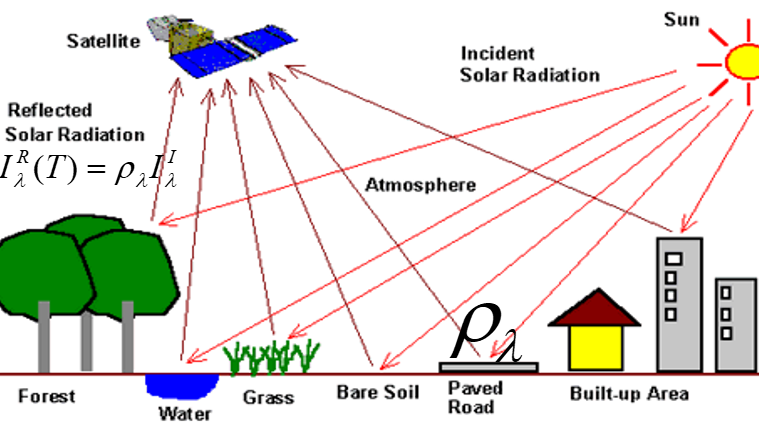
Explain how the NDVI relates to vegetation activity/health.
Illustrate the importance of Earth’s emitted radiation for EO from space.
Discuss the basic principles of solar radiation.
Illustrate the interaction of e.m. radiation in the thermal infrared with the atmosphere understanding specifc characteristics of radiative transfer in this specific spectral region.
Describe atmospheric transmittance in the optical spectral range.
Discuss the change of attenuation length moving from visible to the microwave range and from sea water to solid land surfaces.
BoK concepts
Links to concepts from the EO4GEO Body of Knowledge used in this course:
- > IP | Image processing and analysis
- > IP3 | Image understanding
- > IP3-1 | Band maths
- > IP3-1-2 | Spectral indices
- > IP3-1-2-3 | Normalized Difference Vegetation Index (NDVI)
- > IP3-1-2 | Spectral indices
- > IP3-1 | Band maths
- > IP3 | Image understanding
- > PP | Physical principles
- > PP1 | Basics of Optical Remote Sensing
- > PP1-1 | EM radiation
- > PP1-1-4 | Planck law for the black body. Wien’s displacement law
- > PP1-1-11 | Earth’s radiation (intensity, spectrum, etc.)
- > PP1-2 | Radiation – Matter interaction
- > PP1-3 | Sensing of EM radiation
- > PP1-6 | Basics of Atmospheric Physics
- > PP1-1 | EM radiation
- > PP1 | Basics of Optical Remote Sensing
Material preview
Ownership
Designed and developed by: Valerio Tramutoli, University of Basilicata.
Contributors: Nicola Capece, Valeria Satriano.
License: Creative Commons Attribution-ShareAlike.
Education level
EQF 5 to 8 (what is this?)
Language
![]() English
English
Creation date
2020-08-27
Access
Find below a direct link to the HTML presentation.
Find below a link to the GitHub repository where you can download the presentation.
